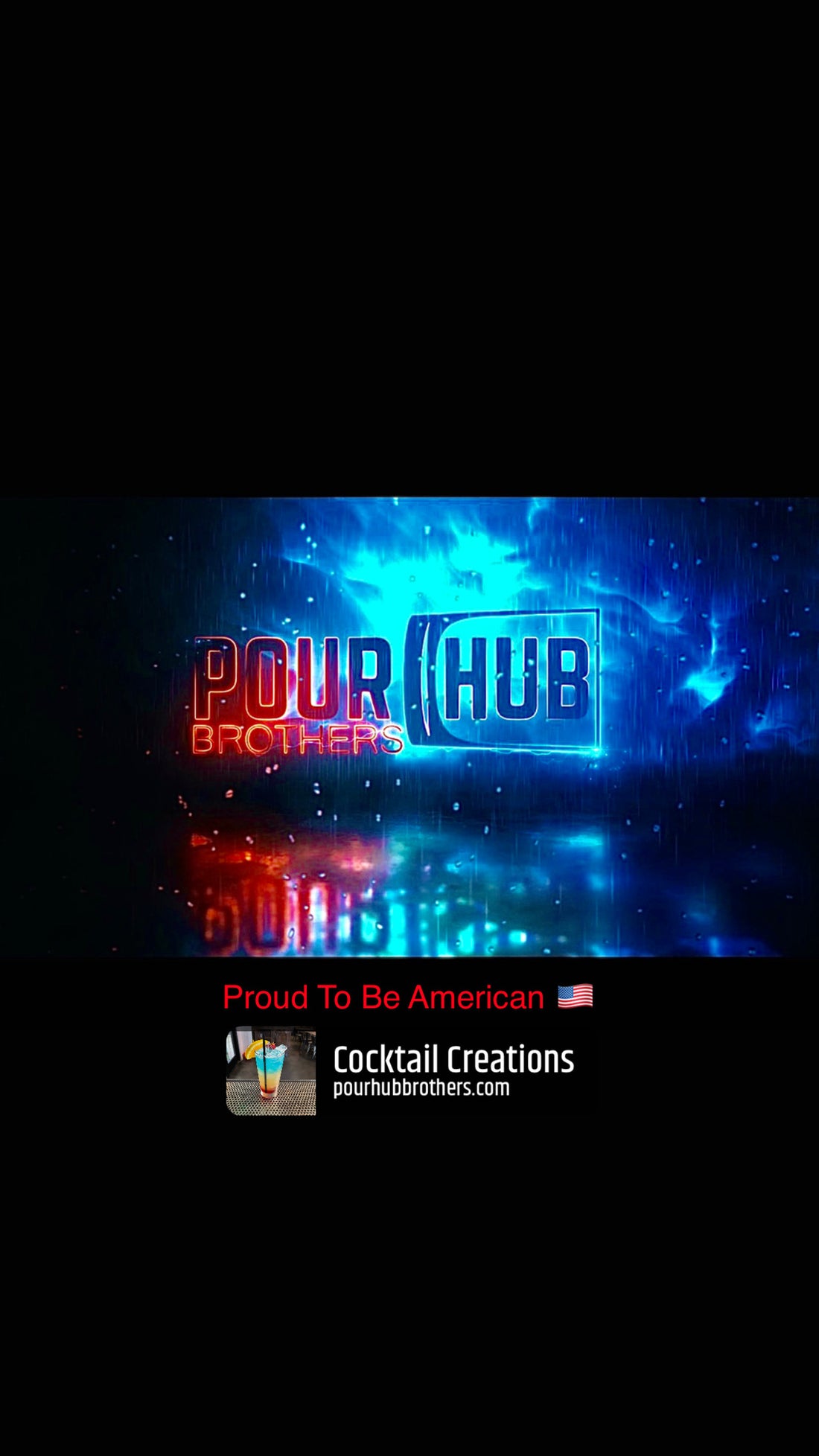
Mixology is the art and science of crafting cocktails and other alcoholic beverages. It combines elements of chemistry, creativity, and aesthetics to produce delightful and well-balanced libations. This centuries-old practice has evolved significantly over time, reflecting changing tastes, cultural influences, and advancements in bartending techniques and equipment.
Historically, mixology traces its roots back to ancient civilizations. As early as 4000 BC, the Sumerians were fermenting grains to produce beer, and by 3500 BC, the Egyptians were creating rudimentary wine. However, the concept of mixing various ingredients to create cocktails, as we know them today, gained popularity in the 19th century. During this period, the cocktail culture flourished, thanks in part to the introduction of spirits such as gin, vodka, and whiskey.
A key figure in the early development of mixology was Jerry Thomas, often referred to as the “father of American mixology.” His pioneering book, “How to Mix Drinks or The Bon-Vivant’s Companion,” published in 1862, laid the foundation for modern mixology. Thomas introduced the concept of using fresh fruits, herbs, and spices to enhance the flavors of cocktails, setting a standard for innovation that continues to be influential in the industry.
As the 20th century dawned, the prohibition era in the United States (1920-1933) significantly impacted the practice of mixology. With the ban on alcohol, underground speakeasies and bootlegging became the norm, leading to the creation of inventive, clandestine cocktails to mask the harsh taste of homemade spirits. The classic cocktails like the Martini, Old Fashioned, and Manhattan gained popularity during this time and remain staples in mixology even today.
After the repeal of Prohibition, the cocktail culture witnessed a decline in the mid-20th century, with an emphasis on simple and mass-produced cocktails. However, a revival of mixology began in the 1980s, fueled by a newfound appreciation for craft and artisanal spirits. Bartenders, or mixologists, began experimenting with new ingredients, rediscovering forgotten recipes, and introducing innovative techniques.
One of the essential aspects of mixology is understanding the balance of flavors in a cocktail. A well-made drink should have a harmonious blend of sweetness, acidity, bitterness, and the right amount of alcohol. Achieving this balance often requires experimentation, as mixologists tinker with proportions and ingredients to find the perfect combination.
Presentation also plays a crucial role in mixology, as the visual appeal of a cocktail can greatly enhance the overall drinking experience. From elaborate garnishes to creative glassware choices, mixologists aim to create drinks that are as visually appealing as they are delicious. The rise of social media has further fueled the importance of aesthetics in mixology, with bartenders showcasing their creations on platforms like Instagram, inspiring others to experiment and push the boundaries of the craft.
Moreover, mixologists are continually seeking inspiration from different cultures, exploring traditional ingredients and flavors from various parts of the world. This approach has given rise to fusion cocktails that combine elements from different cuisines, resulting in unique and exciting drinking experiences.
In recent years, the craft cocktail movement has gained considerable momentum, with mixologists using locally sourced and organic ingredients to create eco-friendly and sustainable cocktails. This trend is reflective of a broader shift in the food and beverage industry towards more environmentally conscious practices.
Additionally, the concept of molecular mixology has emerged, taking inspiration from molecular gastronomy. This cutting-edge approach involves using scientific techniques and equipment to create innovative cocktails, such as gels, foams, and liquid nitrogen-infused drinks. Molecular mixology not only offers a theatrical experience but also allows mixologists to explore new textures and flavors that were previously unimaginable.
Beyond the traditional bar scene, mixology has also found its way into the world of high-end restaurants and fine dining. Sommeliers and bartenders work together to create cocktail pairings that complement the flavors of the food, adding a new dimension to the dining experience.
Furthermore, mixology competitions and events have become popular platforms for bartenders to showcase their skills and creativity. Competitions like “World Class Bartender of the Year” and “Tales of the Cocktail” draw mixologists from around the globe, providing them with an opportunity to gain recognition and share their craft with the world.
In conclusion, mixology is a dynamic and ever-evolving practice that blends history, artistry, and innovation. From its humble origins in ancient civilizations to the sophisticated cocktails of today, mixology has come a long way. It continues to captivate both bartenders and cocktail enthusiasts, inspiring them to push boundaries, explore new ingredients, and create unforgettable drinking experiences. As the world of mixology continues to evolve, one thing remains constant - its ability to bring people together, fostering a sense of camaraderie and celebration in every glass. Cheers to the art of mixology!
"Raise the Bar with Premium Barware: Unleash the Spirit of Excellence!”
www.PourHubBrothers.com

